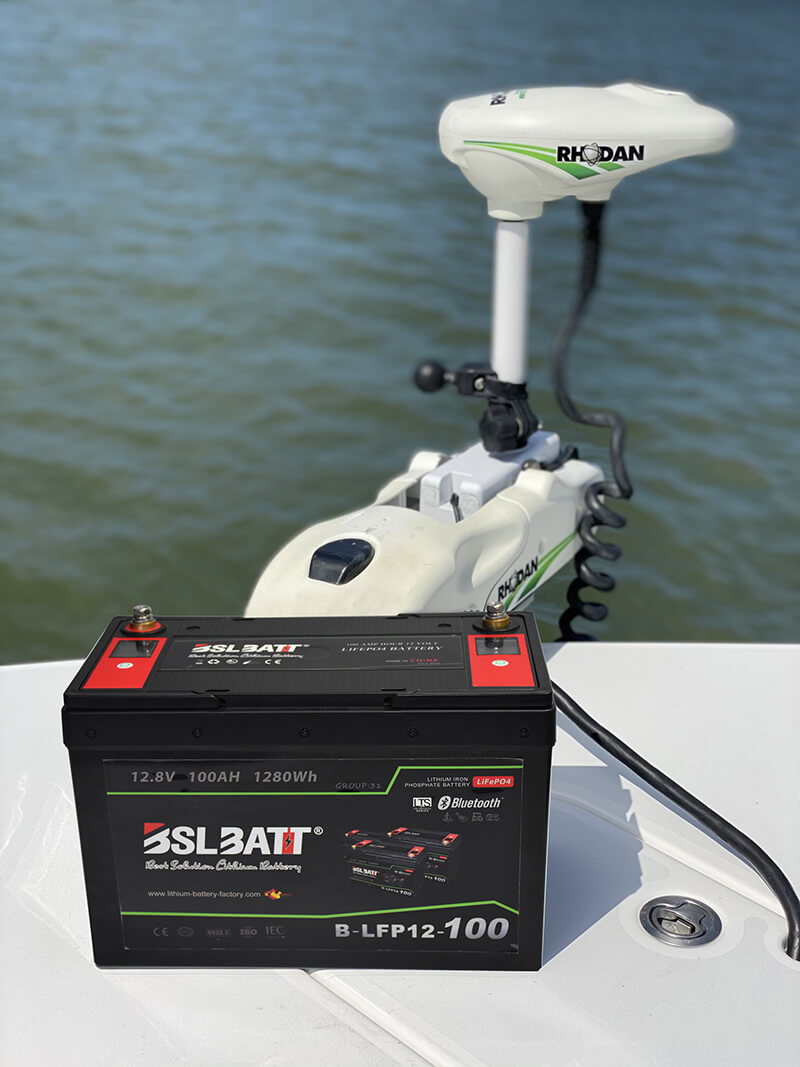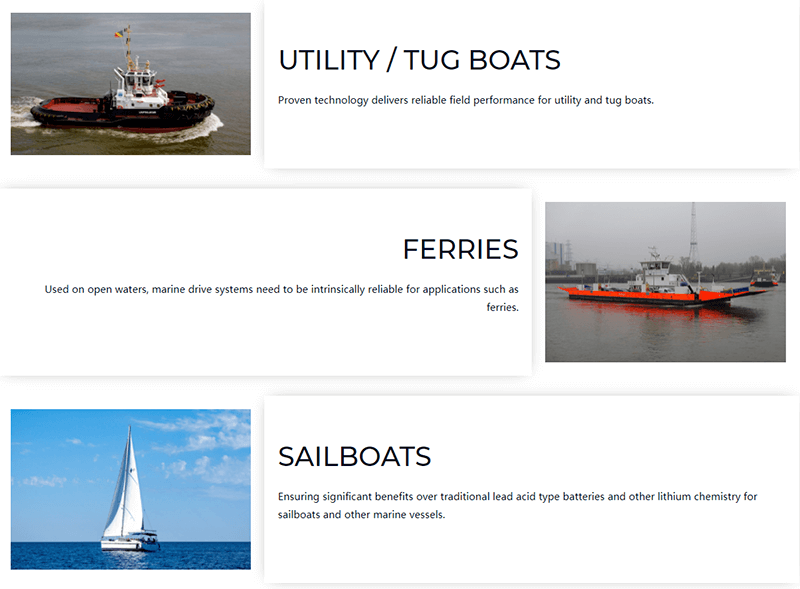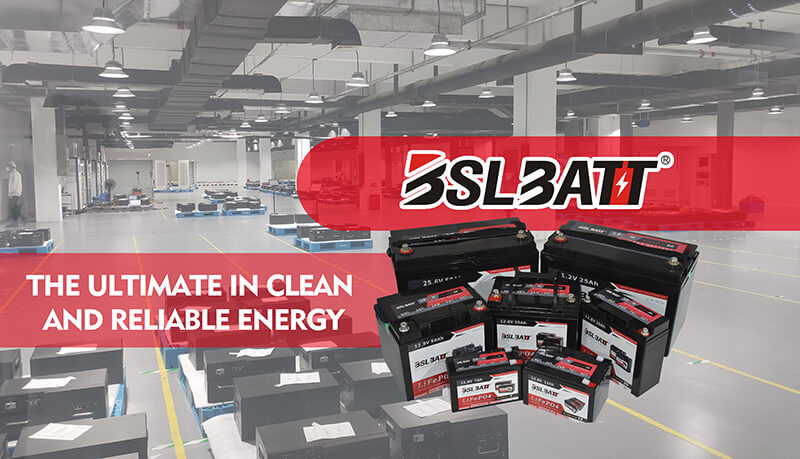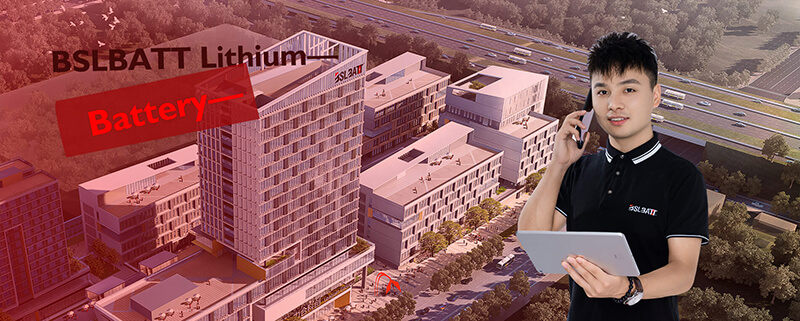
- China
- English
- Françai
- Español
- Deutsch
- Română
- العربية
- 한국어
- 日本語
- Italiano
- Português
- Gaeilge
- Dansk
- Čeština
- Русский
- Afrikaans
- Euskara
- Català
- Esperanto
- हिन्दी
- Ελληνικά
- Bahasa Melayu
- Polski
- Српски
- Kiswahili
- ภาษาไทย
- Tiếng Việt
- Türkçe
- Svenska
- Cymraeg
- Slovenčina
- Latviešu
- Malti
- Magyar
- Galego
- ગુજરાતી
- Eesti Keel
- বাংলা
- Shqip
- беларуская мова
- Nederlands
- Tagalog
- ქართული
- Íslenska
- Kreyòl Ayisyen
- Lietuvių
- Norsk
- slovenščina
- தமிழ்
- Українська
- ײִדיש
- اردو
- తెలుగు
- فارسی
- македонски
- ಕನ್ನಡ
- Bahasa Indonesia
- עברית
- Suomi
- Hrvatski
- Български
- Azerbaijani

Industry Application
Product Type
The Difference Between Dual Purpose, Deep Cycle, And Starting Batteries For Boats
| Marine batteries come in three main types that include deep cycle, starting, and dual-purpose. If you’re a new fisherman, boat owner, or interested in upgrading your boat to lithium batteries, you may be curious what the difference is between them. Further, you may wonder why lithium batteries are a better choice compared to lead-acid when it comes to your boat. Some of the significant benefits of lithium batteries include longer shelf life, constant power, temperature resistance, faster charging, no maintenance, lightweight and they’re safe and non-hazardous. Now, let’s jump into the differences between each type of marine battery.
There are three basic types of marine batteries: Marine Starting Lithium Batteries provide quick but powerful spurts of energy over short periods of time and are designed to start the engine and be rapidly recharged by the engine alternator. A starting battery should not be used for trolling motors or powering appliances. Marine Deep Cycle Lithium Batteries are designed to discharge slowly over a long period of time and to withstand several hundred charging and discharging cycles. A deep cycle lithium battery is the right choice for powering an electric trolling motor and other battery-powered accessories such as audio systems, a windlass, depth finders, fish locators, and appliances. Deep cycle batteries should not be substituted for starting batteries. Marine Dual-Purpose Lithium Batteries combine the performance of starting and deep cycle batteries and are a good choice on smaller when there’s no room for two batteries. While they’re able to perform the tasks of a starting battery and deep cycle battery, they’re not as efficient as separate batteries. Starting Batteries Boat starting batteries are used for starting the ignition. With marine batteries, it is necessary to start the engine and then provide enough power to sustain the motor and devices connected to the boat. BSLBATT offers the B-LFP12-100HP, which is a Group 31 battery, and the B-LFP12-300HP, which is a Group 8D battery. Our High-Performance series batteries are both marine starting batteries and deep cycle batteries to power your onboard electronics. The B-LFP12-100HP has increased peak amps over our standard batteries. This increase in peak amps can be used to start even the most demanding of outboard motors. Essentially, starting batteries discharge a large amount of energy for a short period of time making them perfect for starting your outboard engines. Deep Cycle Batteries Deep cycle batteries are designed to provide stable energy and continuous power to your trolling motor over a longer timeframe. These batteries are used to powerhouse loads that commonly include navigation aids, fish finders, running lights, radios, and trolling motors. Depending on what you are looking for; you can get the best of both worlds with the dual-purpose motor, but if you are looking for a battery that will last longer in your trolling motor, then be sure to check out the deep cycle batteries. All BSLBATT products are deep cycle and include both lithium deep cycle batteries and AGM. Dual Purpose Batteries You may be wondering, what is a dual-purpose battery? A dual-purpose marine battery provides enough power to start the engine and turn it over, while also providing enough energy to keep your trolling motor running consistently. As the name implies, dual-purpose batteries can be used for both purposes. The BSLBATT HP line, which includes the B-LFP12-100HP and B-LFP12-300HP, are dual-purpose models capable of providing up to 800 amps for two seconds to start your boat’s motor. Marine batteries come in an array of different BCI sizes. The most used marine battery sizes include batteries that fall into Group 24, Group 27, Group 31, and 8D. The BSLBATT B-LFP12-100HP is a Group 31 marine battery and the B-LFP12-300HP 12V 300Ah battery falls in the 8D battery group size. Common applications for the B-LFP12-100HP include bass boats and charter fishing boats and common applications for the B-LFP12-300HP include large sailboats and catamarans.
Trolling Motor Batteries Trolling motor batteries are specially designed batteries for a boat trolling motor. The purpose behind them is to provide electricity over a more extended period of time when slow trolling through fishing areas. The number of lithium batteries you need depends on your trolling motor voltage. BSLBATT offers 12V and 24V lithium batteries. If you have a 12V trolling motor, then you can choose from several 12V lithium battery options. If you have a 24V trolling motor, you can use 2 12V batteries in series or a single 24V battery. If you have a 36V trolling motor you can use 3 12V batteries in series. BSLBATT offers several 12V lithium batteries options to choose from. Like a fuel tank gauge, the amp hours will determine how long your battery will last. The amp-hour provides a measurement of charge within your trolling motor battery. The most common lithium trolling motor batteries are going to be lightweight and provide enough amp-hours to optimize your time fishing. BSLBATT offers great options for your trolling motor including the B-LFP12-50, B-LFP12-60, B-LFP12-75, B-LFP12-80, and B-LFP12-100, which are 50Ah, 60Ah, 75Ah, 80Ah, and 100Ah deep cycle batteries. To get the same runtime as a wet or AGM lead-acid battery, you will need to use a lithium battery that is 60% the capacity of that lead-acid battery. If you want more time on the water, size up from there, or add additional batteries to your boat’s battery bank.
How To Charge Marine Batteries When comparing lithium marine batteries to lead-acid, lithium batteries can charge at a much higher current and they charge more efficiently. This means they can be charged faster. Lithium batteries have other advantages and do not need to be charged if they are partially discharged. Unlike lead-acid batteries, which when left in a partial state of charge will sulfate, drastically reducing performance and life. We recommend using a multi-bank charger so that each 12V battery can be charged separately to ensure they stay balanced and get fully charged. Ideally, use a charger with a lithium charge profile, however, most AGM charge profiles will work just fine. Two of our charger recommendations include the Delta-Q and Fronius chargers. LiFeP04 marine batteries can also be charged with most alternators. Depending on the quality of the alternator, it should work with LiFePO4 batteries. Low-quality alternators with poor voltage regulation can cause the BMS to disconnect LiFePO4 batteries. If the BMS disconnects the batteries, the alternator could be damaged. To protect your LiFePO4 battery and alternator please be sure to use a compatible high-quality alternator or install a voltage regulator. Please contact BSLBATT technical support if you need assistance.
Ultimately, when you’re looking to purchase your first set of batteries or upgrade from lead-acid, it’s best to understand what you need based on your setup and power requirements. If you are ready to upgrade your boat to lithium batteries, check out our selection of lithium marine batteries. If you have any questions, please contact our team and we will be glad to help you out. |
A Guide to Choosing the Best 48V Lithium Golf Cart Battery
Would it be worth investing in a 48V ...
10 Exciting Ways To Use Your 12V Lithium Batteries
Back in 2016 when BSLBATT first began designing what would become the first drop-in replacemen...
BSLBATT Battery Company Receives Bulk Orders from North American Customers
BSLBATT®, a China Forklift battery manufacturer specializing in the material handling indust...
Fun Find Friday: BSLBATT Battery is coming to another great LogiMAT 2022
MEET US! VETTER’S EXHIBITION YEAR 2022! LogiMAT in Stuttgart: SMART – SUSTAINABLE – SAF...
Looking for new Distributors and Dealers for BSL Lithium Batteries
BSLBATT battery is a fast-paced, high-growth (200% YoY ) hi-tech company that is leading the a...
BSLBATT to Participate at MODEX 2022 on March 28-31 in Atlanta, GA
BSLBATT is one of the largest developers, manufacturers, and integrators of lithium-ion batter...
What makes the BSLBATT the Superior Lithium Battery for your Motive Power needs?
Electric forklift and Floor Cleaning Machines owners who seek the ultimate performance will fi...































